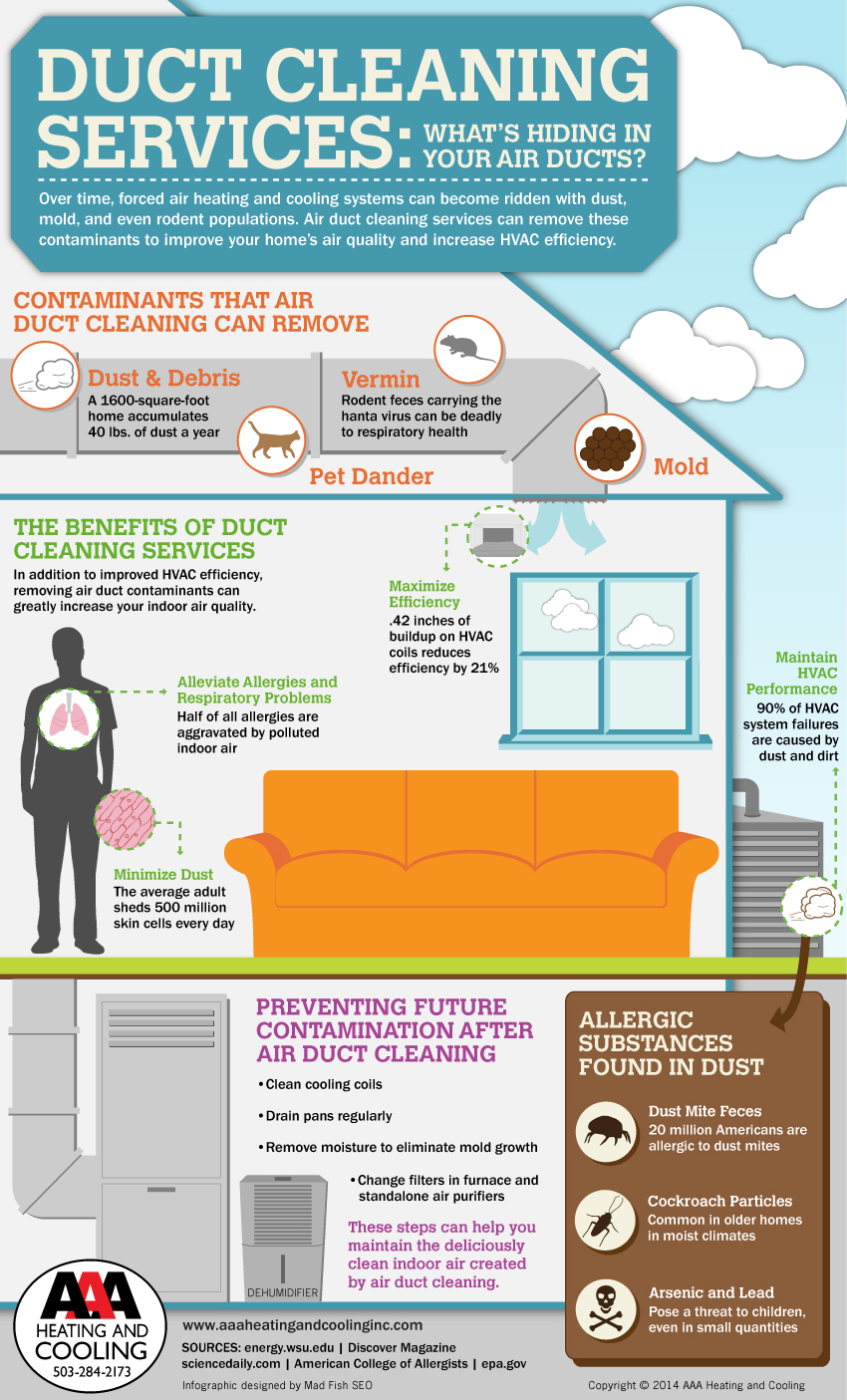The Ultimate Overview To Recognizing Heat Pumps - Exactly How Do They Function?
The Ultimate Overview To Recognizing Heat Pumps - Exactly How Do They Function?
Blog Article
Published By-Hoppe Raymond
The best heat pumps can save you significant quantities of money on power expenses. They can likewise help reduce greenhouse gas exhausts, especially if you use electricity instead of nonrenewable fuel sources like propane and heating oil or electric-resistance heating systems.
Heat pumps work very much the same as ac system do. This makes them a feasible choice to standard electrical home heater.
Exactly how They Function
Heatpump cool down homes in the summer and, with a little assistance from power or gas, they provide several of your home's heating in the winter season. They're an excellent choice for individuals that intend to minimize their use of fossil fuels yet aren't all set to replace their existing heater and cooling system.
They depend on the physical fact that even in air that appears as well cold, there's still energy existing: cozy air is always moving, and it wants to move right into cooler, lower-pressure atmospheres like your home.
Many power celebrity accredited heat pumps operate at near their heating or cooling ability throughout the majority of the year, reducing on/off cycling and saving power. For the very best efficiency, focus on systems with a high SEER and HSPF rating.
The Compressor
The heart of the heatpump is the compressor, which is additionally referred to as an air compressor. This mechanical moving gadget uses potential energy from power creation to increase the stress of a gas by reducing its volume. It is various from a pump in that it just works on gases and can't deal with fluids, as pumps do.
Climatic air goes into the compressor through an inlet valve. It travels around vane-mounted arms with self-adjusting size that divide the interior of the compressor, producing numerous tooth cavities of varying size. The blades's spin forces these cavities to move in and out of stage with each other, pressing the air.
The compressor draws in the low-temperature, high-pressure cooling agent vapor from the evaporator and presses it into the warm, pressurized state of a gas. This procedure is duplicated as needed to supply home heating or cooling as required. The compressor likewise contains a desuperheater coil that reuses the waste warm and adds superheat to the cooling agent, transforming it from its fluid to vapor state.
The Evaporator
The evaporator in heat pumps does the exact same point as it carries out in refrigerators and a/c unit, transforming fluid refrigerant right into a gaseous vapor that gets rid of warm from the space. Heat pump systems would certainly not function without this critical tool.
This part of the system lies inside your home or building in an indoor air handler, which can be either a ducted or ductless device. It contains an evaporator coil and the compressor that compresses the low-pressure vapor from the evaporator to high pressure gas.
Heat pumps absorb ambient heat from the air, and after that use power to transfer that heat to a home or service in heating setting. That makes them a great deal extra energy reliable than electric heating systems or furnaces, and due to the fact that they're making use of clean power from the grid (and not melting fuel), they also create much less emissions. That's why heat pumps are such excellent ecological selections. (Not to mention a significant reason that they're ending up being so prominent.).
The Thermostat.
Suggested Site are terrific alternatives for homes in cold environments, and you can utilize them in mix with typical duct-based systems or even go ductless. They're a fantastic alternative to fossil fuel heating unit or standard electric furnaces, and they're extra sustainable than oil, gas or nuclear cooling and heating tools.
Your thermostat is one of the most essential element of your heatpump system, and it works really in different ways than a traditional thermostat. All mechanical thermostats (all non-electronic ones) job by utilizing compounds that alter size with boosting temperature level, like coiled bimetallic strips or the expanding wax in a car radiator shutoff.
These strips include two various kinds of metal, and they're bolted with each other to create a bridge that completes an electric circuit attached to your cooling and heating system. As the strip gets warmer, one side of the bridge broadens faster than the other, which creates it to bend and signal that the heater is required. When the heat pump is in home heating mode, the reversing valve reverses the flow of refrigerant, to ensure that the outdoors coil currently operates as an evaporator and the indoor cylinder ends up being a condenser.